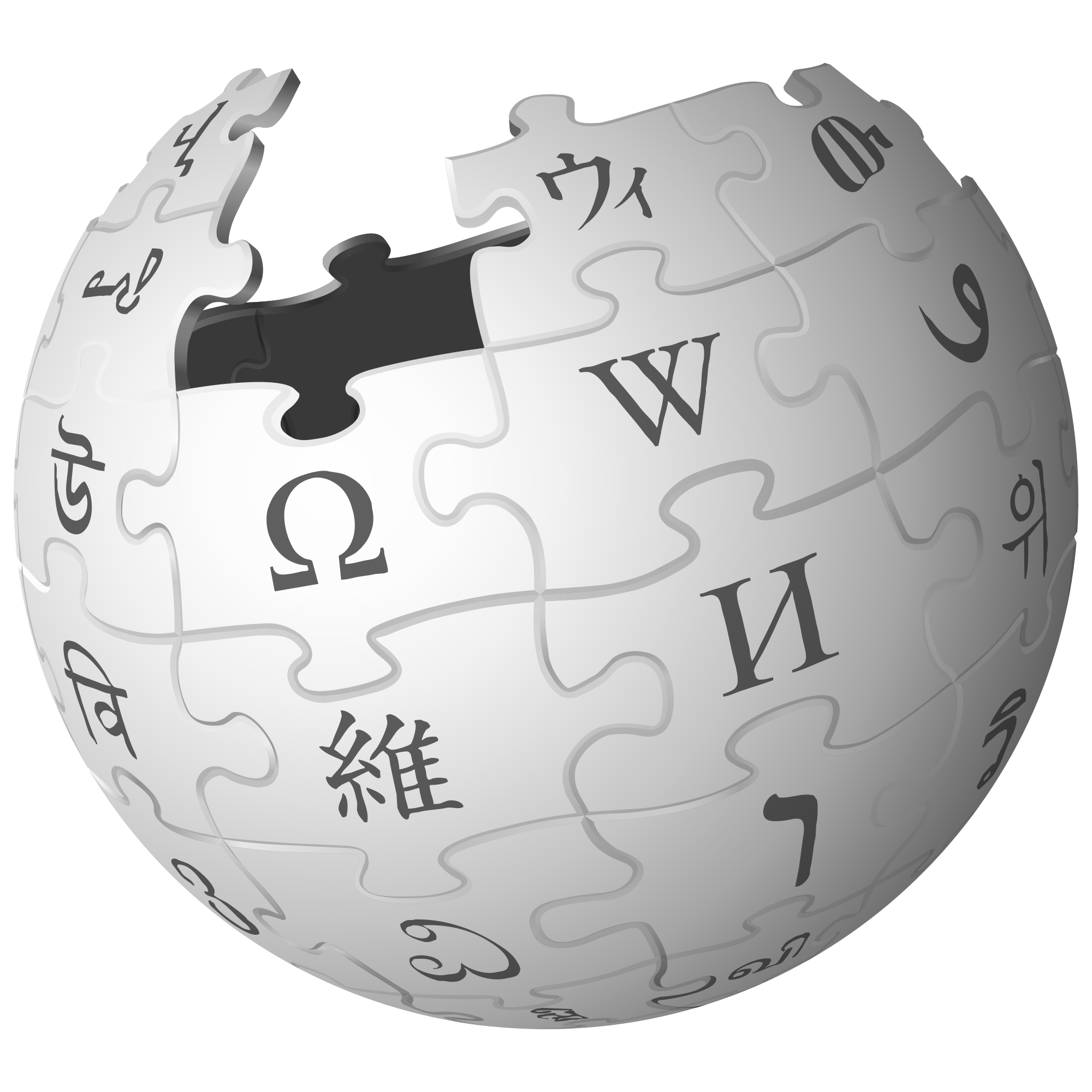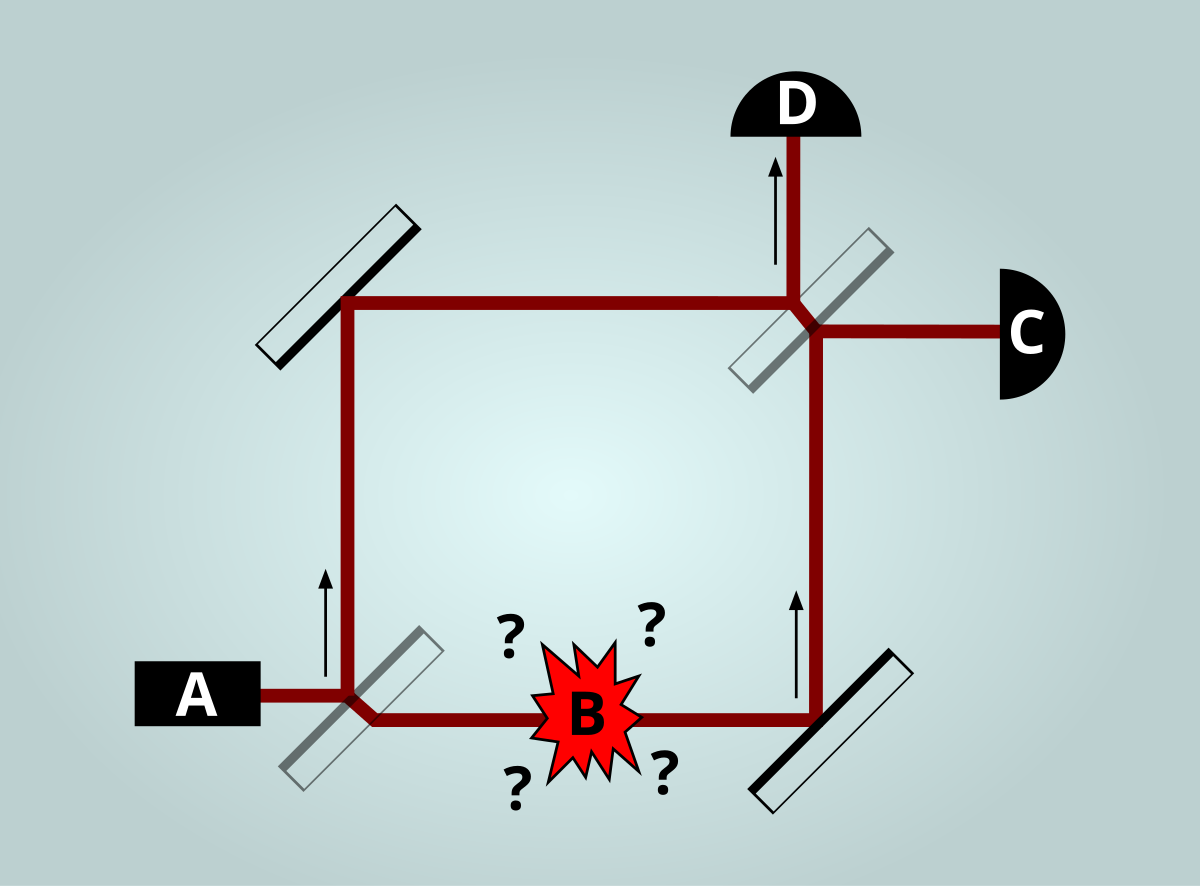The Elitzur–Vaidman bomb-tester is a quantum mechanics thought experiment that uses interaction-free measurements to verify that a bomb is functional without having to detonate it. It was conceived in 1993 by Avshalom Elitzur and Lev Vaidman. Since their publication, real-world experiments have confirmed that their theoretical method works as predicted.
“It is possible for the experiment to verify that the bomb works without triggering its detonation, although there is still a 50% chance that the bomb will detonate in the effort.”
Sounds good to me!
(Note: a later section talks about how this chance can be reduced to an arbitrarily small one)
Hey, so I had a weird conversation this past week that I’d like to share with all of you:
You know those garbage articles that are like “new cosmic ray experiments prove we’re living in a simulation” that are invariably garbage?
Well, think a little bit about the computational complexity of operating a full scale simulation of something as big as the world with as much resolution as you would need to simulate real physics and the world we experience.
What would you do, if you were someone with enough sophistication who wanted for whatever reason to set up that simulation? If you were trying to make the whole thing computationally tractable on computer hardware that could even exist in some plausible universe at an achievable cost… one obvious answer would be to conditionally render everything in the simulation, not just to run every subatomic particle at all times to no purpose out where no one could see it.
The physics you would come up with, if you were trying to make that the general guiding principle but still make the simulation a rigorous model of the world, would probably operate along the same general lines as QM does. Everything renders at full resolution if you’re looking at it, and if not, it just uses rough aggregates and totals and sums them up, because who cares.
The operation principles of QM make no sense as physics for a “rational” physical world. Absolutely none. To the point that they sort of irritate professional physicists (or at least they did while they were being discovered), like “it can’t possibly actually work this way; this is nuts.”
But they would make perfect sense for a simulated world. Absolute perfect sense.
Observation does not require a human observer - the extreme complexity of quantum mechanics remain even without any creature involved.
Even accurately modeling basic chemical reactions without any human interaction takes up more computational power than humanity will ever achieve without a quantum computing.
But this assumes a QM interpretation which includes wavefunction collapse. In Many Worlds (and, to me, this experiment is proof of Many Worlds), both the branch where the bomb explodes and the branch where it doesn’t explode are equally real. When the bomb explodes in the other branch which you don’t observe, you learn the bomb was live. When the bomb explodes in the branch you do observe, your counterpart in the other branch learns the bomb was live. When the bomb is a dud, nothing happens. These are the observed probabilities: 50% nothing happens, 25% you learn the bomb was live without it exploding, 25% your bomb explodes.
This is a powerful argument against the simulation hypothesis. The computer running the universe would have to keep processing the simulation in both forks every time the universe splits, which happens all the time. It would be far less complex to just simulate Newtonian physics.
this assumes a QM interpretation which includes wavefunction collapse
Imma stop you right there
“The authors reference a similarly informal poll carried out by Max Tegmark at the ‘Fundamental Problems in Quantum Theory’ conference in August 1997. The main conclusion of the authors is that ‘the Copenhagen interprtation still reigns supreme’, receiving the most votes in their poll (42%), besides the rise to mainstream notability of the many-worlds interpretations: ‘The Copenhagen interpretation still reigns supreme here, especially if we lump it together with intellectual offsprings such as information-based interpretations and the quantum Bayesian interpretation. In Tegmark’s poll, the Everett interpretation received 17% of the vote, which is similar to the number of votes (18%) in our poll.’” -Wikipedia
I don’t necessarily agree with all of the rest of it (incl the assertion that this thought experiment proves the many-worlds interpretation), but right out of the gate if you’re saying wave function collapse isn’t part of QM, you gotta tell the physicists that, because they haven’t got the message yet that I know of.
And since when is reality governed by majority opinion?
Anyway, maybe Copenhagen is right, and God does play dice. But if Many Worlds is right (and it seems more reasonable to me that “a bomb really does explode elsewhere in the wavefunction” has an observable effect on an experiment than “a bomb might have exploded but randomly decided not to” has any observable effect), then that’s a nail in the coffin for the simulation hypothesis.
a nail in the coffin for the simulation hypothesis
Aw man
I’m NEVER gonna get that Nobel Prize…
You could always go for the Peace prize. If war criminals can get them, anybody’s got a shot.
Here’s the paper that citation comes from. Note that the informal poll had only 33 respondents, 27 of whom were actually physicists. On the question of preferred interpretations, several options with significant known support (De Broglie-Bohm, consistent histories, ensemble, etc.) got 0%. The paper opens with the disclaimer: “Just as Tegmark’s poll, our poll cannot claim to be representative of the communities at large.” They also note with reference to Tegmark’s poll: “While the Copenhagen interpretation gathered the most votes, the many-worlds interpretation turned out to come in second, prompting Tegmark to declare a ‘rather striking shift in opinion compared to the old days when the Copenhagen interpretation reigned supreme.’”
So I don’t think you can cite that survey as some kind of canonical consensus, and certainly not as evidence that Everettian interpretations are generally dismissed and need to be “stopped right there”.
Dude I just had my weird idea about us all living in a simulation and wanted to share it; I wasn’t expecting it to be scrutinized to this level of detail
But sure.
Despite nearly a century of debate and experiment, no consensus has been reached among physicists and philosophers of physics concerning which interpretation best “represents” reality.
… seems like it summarizes it best. So GTFO out of here with trying to tell me that some particular interpretation is definitely right, and incompatible with what I said. Thanks.



